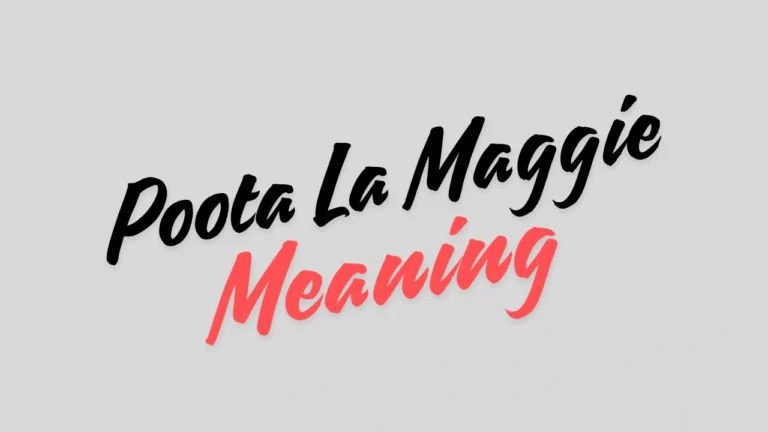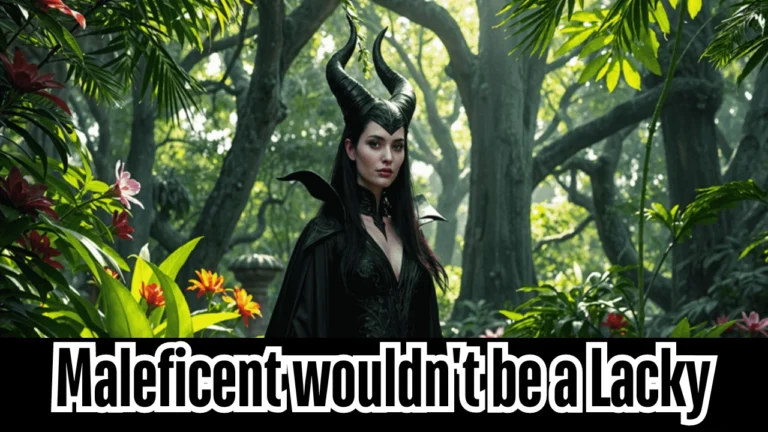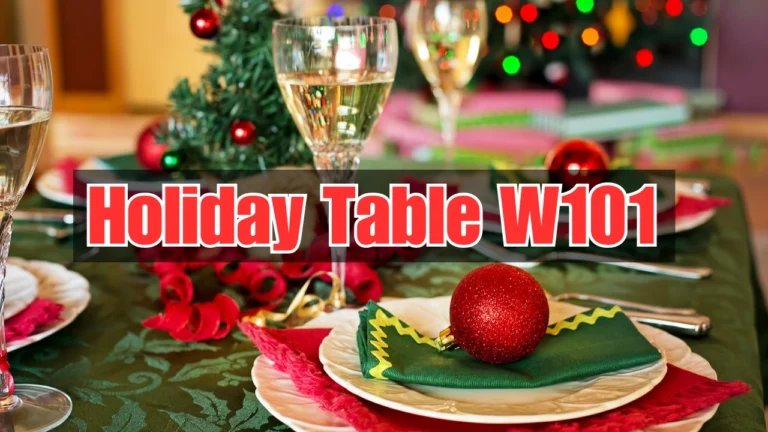Word That Means Beverage NYT: Crossword Clues with Ease
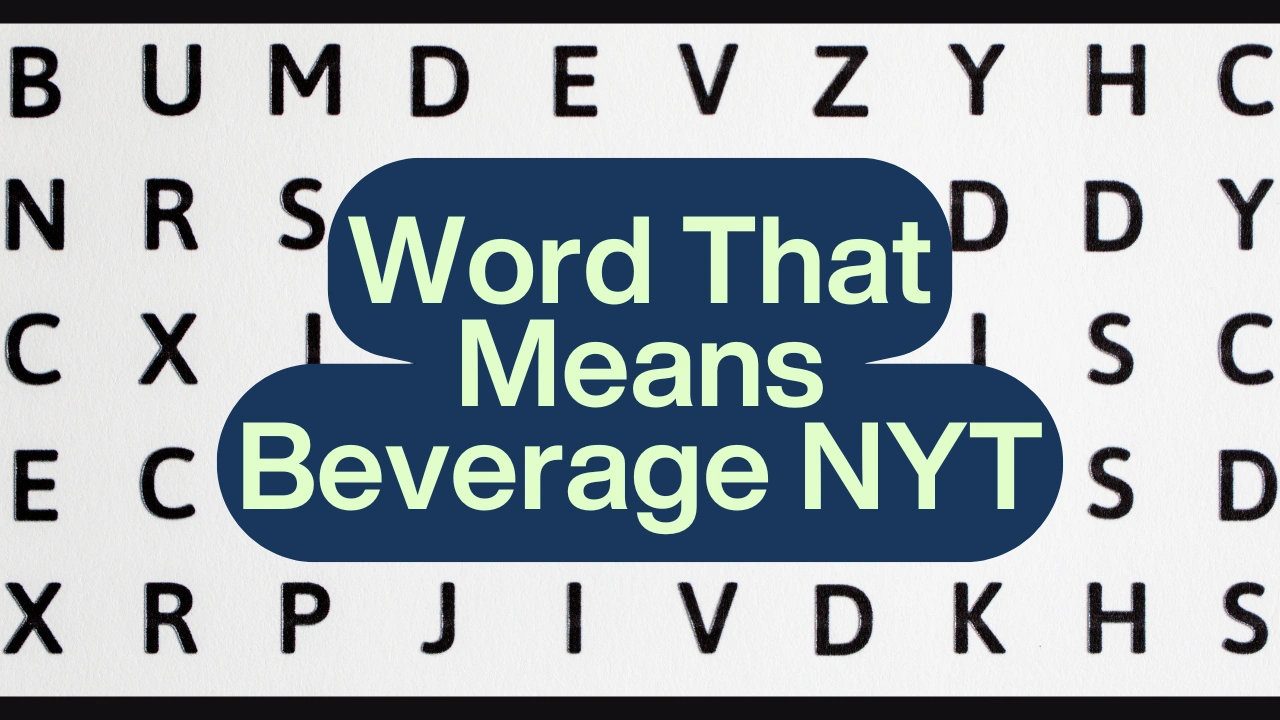
Crossword puzzles have long been a favorite pastime for many, offering a mix of challenge and fun that tests one’s vocabulary and lateral thinking. Among the most popular crosswords is the New York Times (NYT) Crossword, which regularly features cleverly constructed clues that require solvers to think beyond the obvious. One such intriguing clue is the word that means beverage NYT, which often stumps solvers who might not be familiar with the variety of terms that could fit.
In this article, we’ll explore the many possibilities that could fit the clue word that means beverage NYT and discuss how to effectively approach this type of puzzle-solving to enhance your skills and enjoyment.
The Appeal of NYT Crossword Puzzles
The New York Times Crossword is widely regarded as one of the most prestigious and challenging puzzles available. Whether you’re an experienced solver or a novice, the puzzle’s blend of wordplay, trivia, and logical deduction can be immensely satisfying. Each puzzle features a variety of themes and clues, ranging from straightforward definitions to tricky phrases that require deeper thought.
One of the most common categories of clues in the NYT Crossword relates to everyday objects, and beverages are a popular theme. Finding the right word that means beverage NYT requires a mix of creativity and vocabulary knowledge, but with a bit of practice, it becomes easier to recognize potential solutions.
Common Words for Beverage in Crossword Puzzles
When confronted with the clue word that means beverage NYT, solvers have a number of options to consider. The English language offers a wide range of terms for beverages, each with its own nuance. Depending on the number of letters required in the puzzle, here are some potential answers:
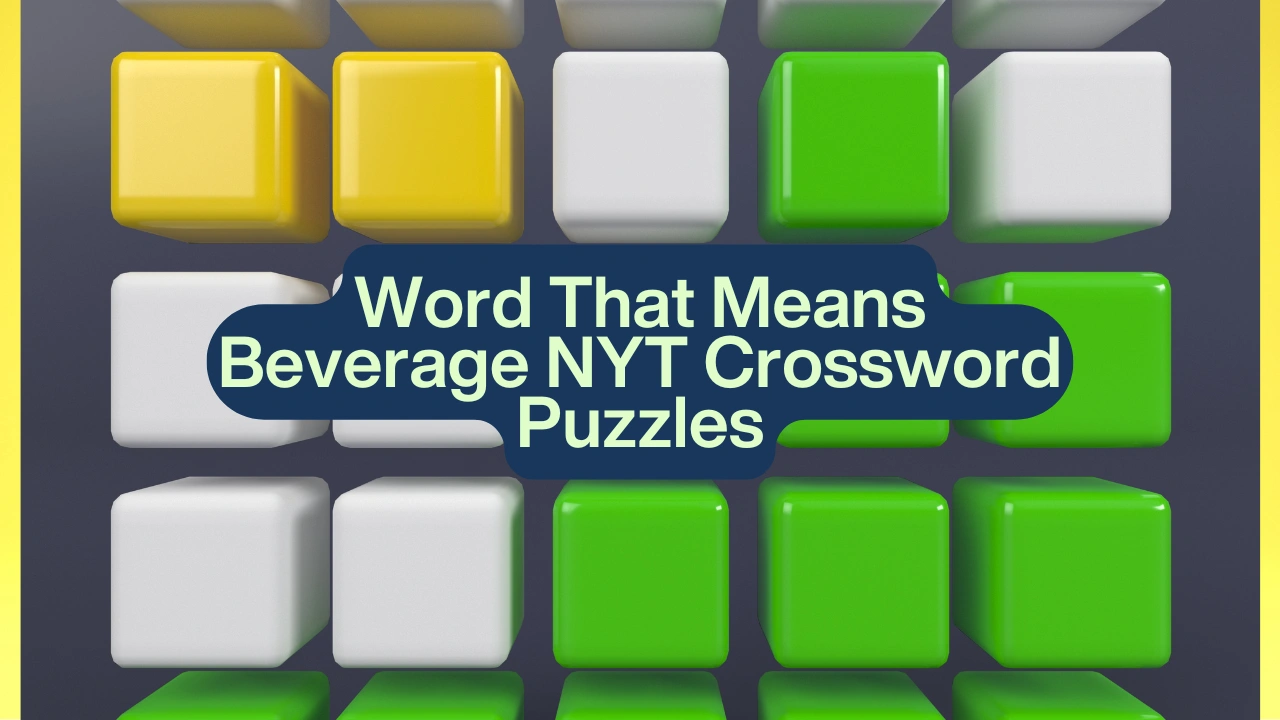
- Quaff: This term is frequently used in crosswords and means to drink deeply or heartily. It is also a favorite among crossword constructors because it uses high-value letters such as “Q” and “F,” making it particularly valuable in games like Scrabble. It’s a common answer for the word that means beverage NYT clue when the puzzle requires a five-letter word.
- Tea: For shorter puzzles, “tea” is a go-to answer for beverage-related clues. It’s simple and refers to one of the most popular drinks in the world. It is often used in easy crossword puzzles or as a starter clue to help solvers gain momentum.
- Ale: Another three-letter option, “ale” is a type of beer, making it a frequent solution to word that means beverage NYT clues, especially when alcohol is involved in the theme of the puzzle.
- Cider: A five-letter option, “cider” refers to a beverage made from apples. It can either be alcoholic or non-alcoholic, depending on the context. This term is frequently seen in crosswords that deal with seasonal or festive themes.
- Libation: This is a slightly more formal term that refers to a drink, especially an alcoholic one, often used in ceremonial or celebratory contexts. In crossword puzzles, it’s a sophisticated option for word that means beverage NYT clues that aim to challenge solvers with higher-level vocabulary.
Approaching the Clue: Strategies for Solving
Here’s a table that organizes the strategies for solving a word that means beverage NYT clue:
| Strategy | Explanation |
|---|---|
| Letter Count Matters | Pay attention to the length of the required word. If the clue asks for a five-letter word, “quaff” or “cider” are good options. For shorter words, “tea” or “ale” might fit. |
| Cross-Checking with Other Clues | Solve easier, adjacent clues first to reveal letters that can help with the more difficult “beverage” clue. This technique often reveals key letters that make it easier to identify the correct answer. |
| Think Thematically | Crossword puzzles often have themes. If the puzzle revolves around food or drinks, consider common beverage-related words such as “cider” or “ale” for the solution. |
| Synonyms and Word Variations | Consider synonyms or related terms. Words like “brew,” “drink,” or “potable” could also be correct, depending on the number of letters required and the theme of the puzzle. |
This table makes the strategies easier to understand and follow. Let me know if you’d like further modifications!
Why “Quaff” is a Popular Choice
Of all the possible answers to the word that means beverage NYT clue, “quaff” is one of the most frequently encountered. This word, meaning to drink deeply or with enthusiasm, has become a favorite in crossword puzzles for several reasons:
- Unique Letters: Words with rare letters like “Q” and “F” are often favored in crossword construction. They add complexity and challenge to the puzzle, making it more satisfying for solvers.
- Historical and Literary Connections: “Quaff” is often seen in older texts or poetic works, adding a sense of sophistication to the puzzle. It evokes a time when people might “quaff” a hearty drink in celebration or after a long day’s work.
If you’re tackling a New York Times Crossword and see a clue like word that means beverage NYT, keep “quaff” in mind as a strong contender for a five-letter solution.
What makes the New York Times Crossword so Challenging?
The New York Times Crossword is known for being one of the most challenging yet rewarding puzzles in the crossword world. Its complexity stems from several unique aspects that elevate it beyond the average puzzle, requiring solvers to think critically and creatively. Here are the key factors that contribute to the difficulty of the New York Times Crossword:
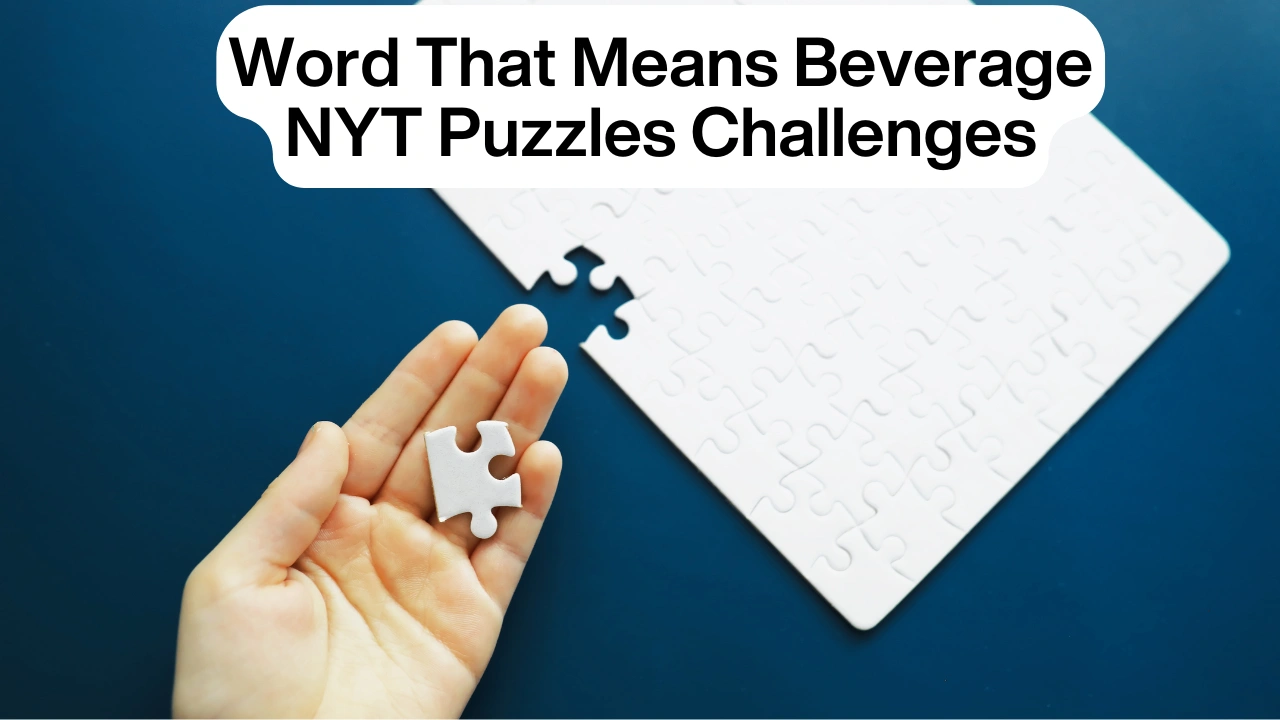
1. Clever Wordplay
One of the main reasons the NYT Crossword is so challenging is its reliance on clever wordplay. Clues often feature double meanings, puns, or indirect references, which can mislead solvers. For instance, a clue might seem to be asking for a straightforward answer but is actually playing on a secondary or metaphorical meaning. This requires solvers to think outside the box and consider multiple interpretations of the clues.
2. Progressive Difficulty Throughout the Week
The New York Times Crossword follows a pattern where puzzles increase in difficulty as the week progresses. Monday puzzles are the easiest, while Saturday puzzles are the hardest. Sunday’s puzzle is typically larger but not as difficult as Saturday’s. This gradual increase in difficulty is part of what makes the puzzle so popular. Many solvers find that the progressive challenge pushes their abilities without overwhelming them, while Saturday’s puzzles are notorious for their tough, obscure clues and challenging grid design.
3. Pop Culture and Trivia References
Another challenging aspect of the NYT Crossword is its frequent use of pop culture, historical references, and trivia. Solvers are expected to be well-versed in a wide range of topics, from classic literature and mythology to contemporary music and television. This broad knowledge base is essential for tackling the puzzle’s more obscure clues, and solvers who aren’t familiar with certain cultural references may find the puzzle particularly difficult.
4. Themed Puzzles
A signature feature of the New York Times Crossword is the use of themed puzzles, especially on Sundays. The theme may consist of word patterns, puns, or interconnected answers that follow a specific concept. Understanding the theme is often crucial for solving the puzzle, as it gives context to some of the trickier clues. However, identifying the theme isn’t always straightforward, which adds an extra layer of challenge.
5. Creative Grid Construction
The grid design of the NYT Crossword is another factor that sets it apart. Crossword constructors follow strict rules regarding the layout of black and white squares, the symmetry of the puzzle, and the connection of all white squares. The more complex grids, particularly those used in the later days of the week, often feature fewer black squares and longer word entries, requiring solvers to think harder to make the words fit.
6. Multi-Word Answers and Rebus Puzzles
Many NYT Crossword puzzles include multi-word answers, which can be difficult to recognize without solving the intersecting clues. Additionally, the puzzle occasionally features rebus squares, where a single square contains more than one letter. Rebus puzzles are notorious for stumping even experienced solvers, as they require thinking beyond the traditional crossword format.
7. Cultural and Linguistic Diversity
The New York Times Crossword often incorporates foreign words, phrases, and references to international cultures. This inclusion of multiple languages and global trivia makes the puzzle more challenging for solvers who may not have a deep knowledge of these areas. For example, French, Spanish, and Latin terms frequently appear in the puzzles, as well as idiomatic expressions from various cultures.
8. Tricky Clue Formatting
The way clues are phrased can also contribute to the puzzle’s difficulty. For instance, clues might use abbreviations, wordplay, or question marks (which indicate that the clue is more figurative or whimsical). This can throw solvers off, as they might expect a straightforward answer only to realize later that the clue was meant to be interpreted differently.
9. Clue and Answer Symmetry
Constructors must adhere to the rule of symmetry, where the arrangement of the black squares is symmetrical. This constraint forces them to create intricate and often difficult-to-decipher patterns of letters, especially when fitting longer, themed answers into the grid. This makes the solver’s job even harder, as they have to deal with tightly packed, less forgiving letter combinations.
Conclusion
Solving the New York Times Crossword is an enjoyable challenge for many word lovers. When faced with clues like word that means beverage NYT, it’s important to consider all possible options, from common drinks like “tea” to more sophisticated terms like “libation.” With practice and a good strategy, solving these clues becomes much easier. As you continue to sharpen your crossword-solving skills, you’ll likely find that a clue that once seemed daunting now presents itself as an exciting challenge to be quickly conquered. Happy puzzling!
Frequently Asked Questions
What is a rebus puzzle in crosswords?
A rebus puzzle involves placing more than one letter or symbol into a single square in the crossword grid.
How are crossword puzzles themed?
Themes in crossword puzzles connect several clues or answers through a common topic, often creating wordplay or puns.
What does it mean if a clue is in quotation marks?
Quotation marks indicate the answer is a direct phrase or conversational expression.
Is there a time limit for solving the NYT Crossword?
No, you can solve the crossword at your own pace, but many solvers enjoy racing against the clock for personal records.

